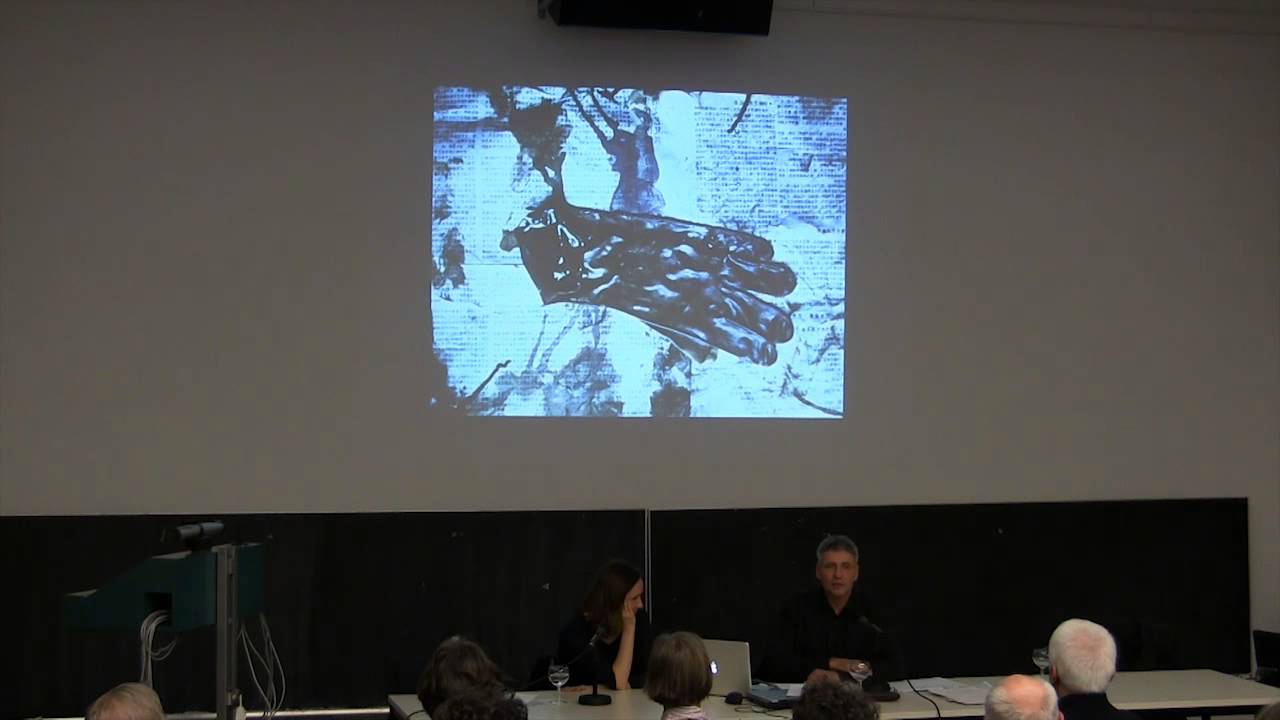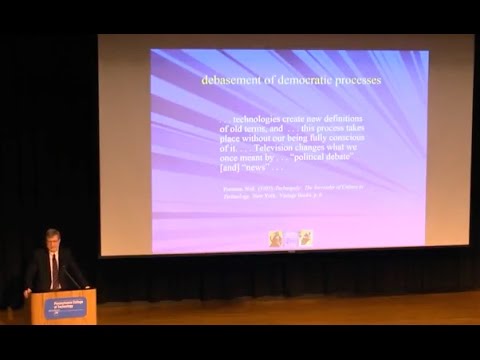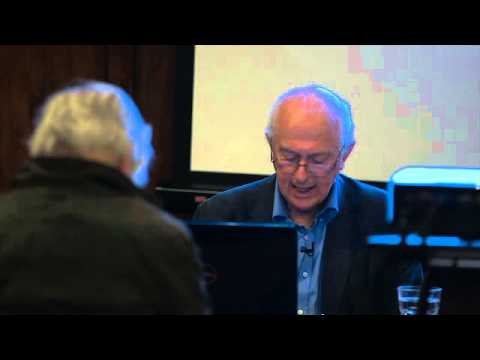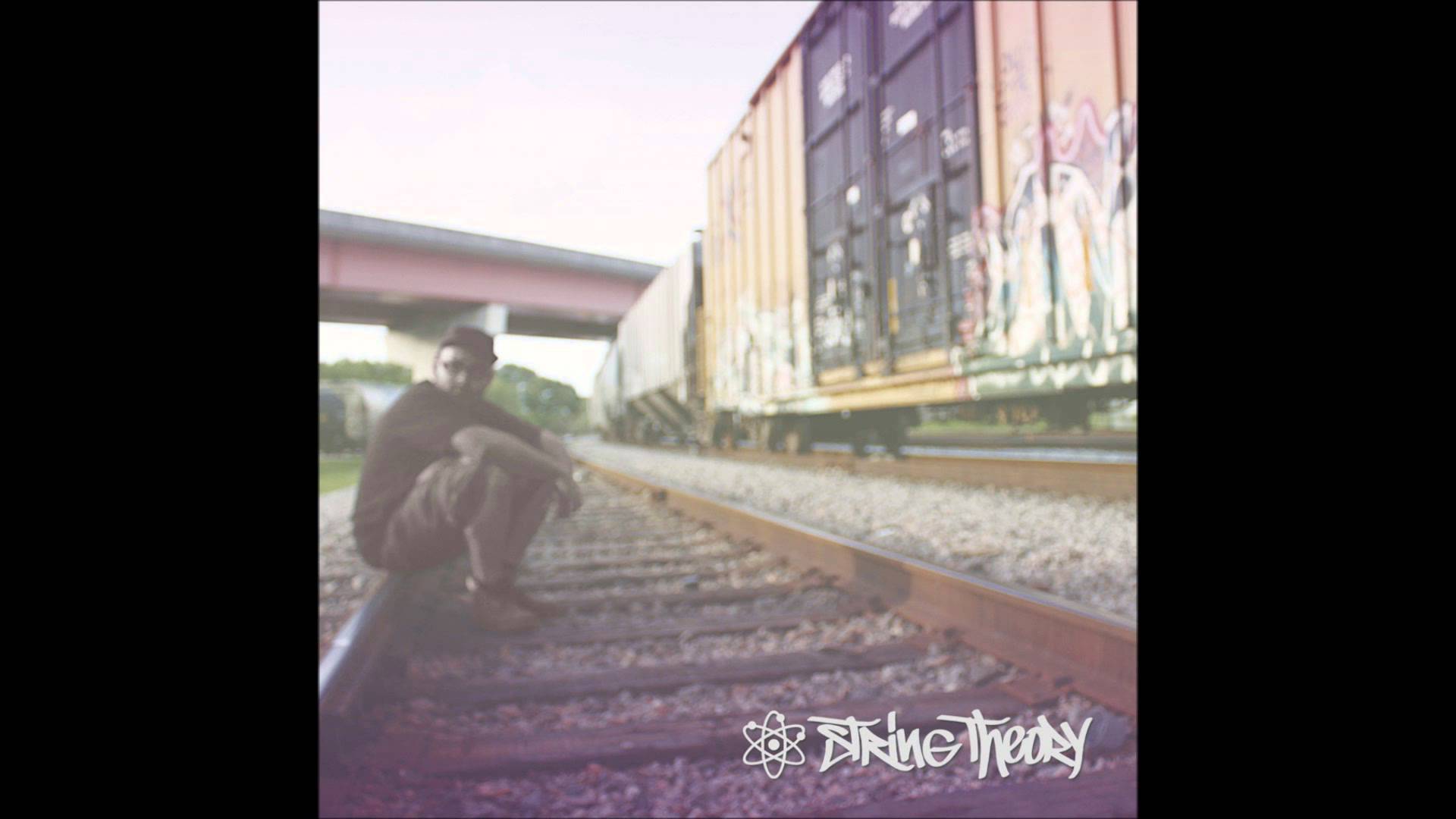The Movement ’85 and the modern Consciousness — The Chinese Avantgarde in the 80s
This talk is one of the serial events: “Hidden Images” — on the Situation of Art in China (Das Bild hinter dem Bild — zur Lage der Kunst in China).
Talkers:
Andreas Schmid, artist, Berlin
Martina Köppel-Yang, art historian, Paris
Moderation: Bignia Wehrli,artist and curator of project team
Language: German
Opening time: January 30 2013, 5pm
Address: UdK Berlin, Room 110, Hardenbergstrasse 33
Martina Köppel-Yang and Andreas Schmid, both participant-observers of the so-called Movement ’85 will give an insider view of the Chinese avant-garde art movement of the 1980s. Both studied in the most vigorous centers of the new art movement in the mid-1980s, in Bejing and Hangzhou. They will discuss the historical background as well as the political and social backdrop of the Chinese avant-garde from the perspective of an art historian and an artist enriched with their personal experience.
Intoduction of New Series: “Hidden Images” — on the Situation of Art in China
Under the title “Hidden Images — on the situation of Art in China” (Das Bild hinter dem Bild — zur Lage der Kunst in China) the University of the Arts Berlin has invited artists, creatives and intellectuals from the People’s Republic of China to Berlin to participate in a series of events staged in cooperation with Haus der Kulturen der Welt. The year-long series of talks on contemporary art in China is designed to show the many different aspects of the turbulent art scene in this huge country and to place them in a social context.
Together with international experts, protagonists of Chinese contemporary art will participate in a series of discussions, a series of lectures and artists’ workshops, thus giving insight into the rapid developments in China’s most recent art history and enabling in depth engagement with Chinese art. The discussions plan to use a political and poetic approach addressing questions about the social role of the artists as well as the artistic visions that currently move China. What forces drive art in China? What new horizons and modes of thought will our engagement with Chinese art open to us? By alternately looking at Chinese art from a European and Chinese perspective we gain views from both inside and outside, gradually revealing an unaccustomed picture that can assume many forms — the pictures behind the picture, the hidden images.
China Art Project in Berlin
Source



